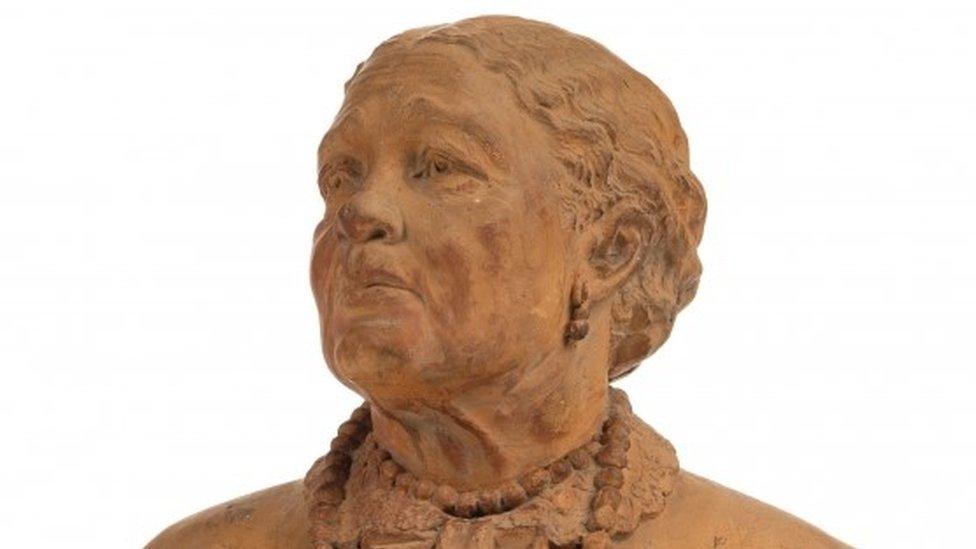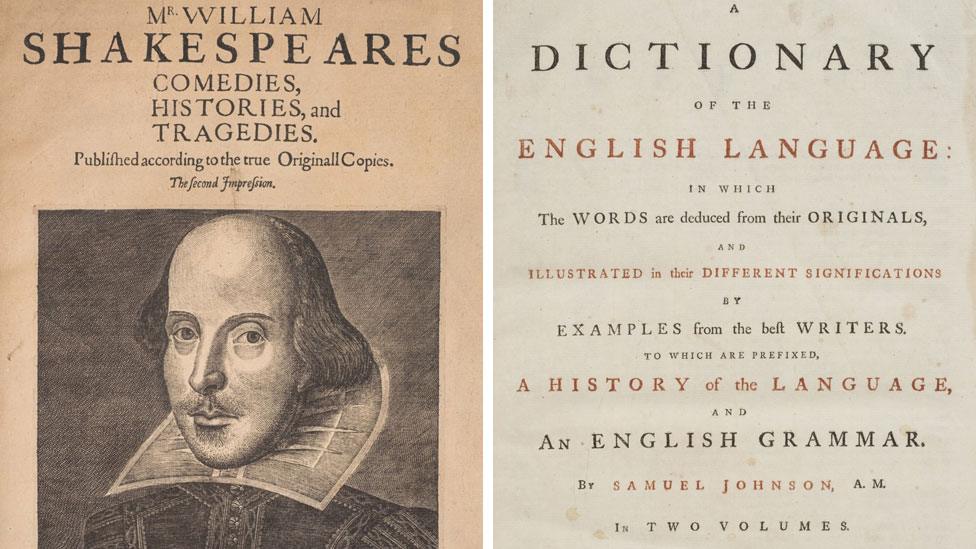Crimean War heroine Mary Seacole sculpture sells for £101,000
- Published

Mary Seacole was initially turned down as a volunteer to help injured and wounded soldiers in the Crimean War
A terracotta sculpture of Mary Seacole, who nursed dying and wounded soldiers during the Crimean War, has sold for £101,000.
Ms Seacole had self-funded her way to the Crimea from England in the 1850s in order to help the fighting forces.
She was born in 1805 and was the daughter of a Scottish soldier and Jamaican mother.
The 30cm-tall (12ins) half bust had been expected to sell for between £700 and £1,000.
Chris Albury, from Dominic Winter auctioneers, admitted they had got the valuation for the work "completely wrong".
"It's a modest-sized item and we think there may be three in existence," he said.
It was eventually sold to telephone bidder Billy Peterson, of Racing Green Pictures who plan to make a biopic of Ms Seacole's life.
Once used in the film it will be entrusted to The Mary Seacole Trust and will be on display at the Florence Nightingale Museum in London.
The bust, which features Ms Seacole wearing her war medals and a row of pearls, was modelled by the Victorian artist Count Gleichen in 1871.
'Selfless individual'
When she moved to England, she heard of the plight of the soldiers in the Crimea and volunteered to help but was turned down. She later wrote that she had wondered whether she was rejected as a result of racism.
However, undeterred, Ms Seacole funded her journey herself and remained in the Crimea until 1856.
She was destitute by the time she returned to England, but commanders in the Crimea raised money for her. She was awarded the British Crimean medal, the Turkish Medjidie and the French Legion of Honour.
She died in 1881 and was voted Greatest Black Briton in a BBC online poll in 2004.
- Published24 July 2020

- Published14 December 2017
